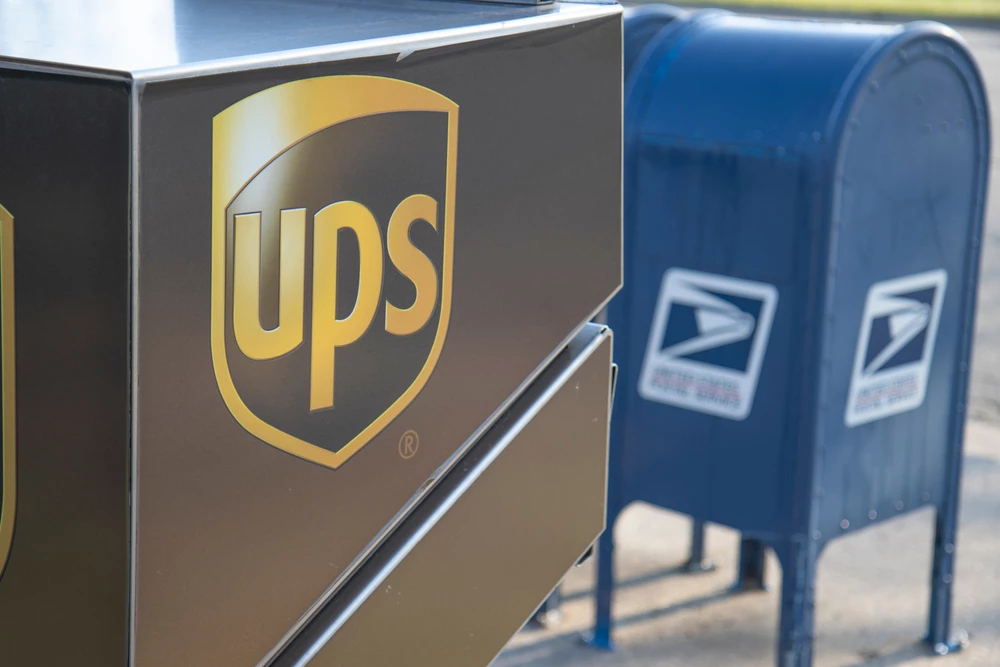What Documents Do I Need to Drop Off a Package at Ups?
What Documents Do I Need to Drop Off a Package at Ups? Whether you’re shipping domestically or internationally, some requirements apply. So, let’s dive in and discover what documents are needed for a smooth shipping experience with UPS!

When it comes to shipping packages through UPS, it’s essential to ensure that you have all the necessary documents ready.
Understanding the required paperwork will save you time and help streamline the shipping process. This guide walks you through the various documents you need to drop off a package at UPS.
READ ALSO!!!
- Can I Drop Off a Package at UPS?
- What are the Hours for UPS Drop-Off?
- Are Ups Drop-off Locations Open on Weekends?
- Can I Ship Perishable Food Items with UPS Express?
What Documents Do I Need to Drop Off a Package at Ups?
Here are some documents you need to drop off a package at Ups:
Proof of Identity
To drop off a package at UPS, you will need to provide proof of your identity. This ensures that only authorized individuals can initiate shipments on behalf of the sender. Acceptable forms of identification include:
1. Driver’s License
2. Passport
3. State-issued ID card
4. Military ID
Make sure your identification document is valid and not expired. UPS takes identity verification seriously to prevent unauthorized shipments and protect their customers.
Proof of Address
Alongside proof of identity, you will also need to provide proof of your address.
This requirement helps UPS maintain accurate records and ensures that packages are delivered to the correct recipient. The following documents are generally accepted as proof of address:
1. Utility bills (e.g., electricity, water, gas)
2. Bank statements
3. Lease agreements
4. Mortgage documents
5. Voter registration cards
Ensure that the document you provide clearly displays your name and address. UPS may require a recent document, usually within the last three months, to ensure its relevance.
Customs Documents
If you’re shipping internationally, additional customs documents will be necessary. These documents are essential for clearing your package through customs and complying with international trade regulations.
The specific requirements may vary depending on the destination country, but common customs documents include:
1. Commercial Invoice
2. Certificate of Origin
3. Proforma Invoice
4. Bill of Lading
It’s crucial to research the customs requirements of the destination country and consult with UPS or a customs broker for guidance.
Failing to provide the necessary customs documents can result in delays or even the return of your package.
Commercial Invoice
A commercial invoice is one of the most important customs documents for international shipments.
It provides details about the package’s contents, including the item descriptions, quantities, values, and harmonized system (HS) codes. The HS codes are used to classify products for customs purposes.
Ensure that your commercial invoice is accurate and complete to facilitate the customs clearance process smoothly.
Shipping Labels
Shipping labels are a vital component of any package you drop off at UPS. These labels contain crucial information such as the sender’s and recipient’s addresses, tracking numbers, and barcodes.
UPS provides its customers with shipping labels that can be printed at home or at a UPS store. Make sure the shipping label is securely attached to the package to prevent any mishaps during transit.
Insurance Forms
While not mandatory, it’s wise to consider insuring your package when shipping with UPS. Insurance provides protection against loss, damage, or theft during transit.
If you decide to insure your package, you will need to complete the necessary insurance forms. These forms typically require you to provide details about the package’s contents, value, and the desired coverage amount.
Additional Documentation
Depending on the nature of your shipment, there may be additional documentation required. For example, if you’re shipping hazardous materials, UPS will have specific requirements for handling and documentation.
It’s crucial to consult with UPS or refer to their website to determine if your shipment requires any additional documentation or complies with specific regulations.
Shipping Restrictions
UPS maintains a list of shipping restrictions that outline prohibited and restricted items. It’s essential to familiarize yourself with these restrictions to avoid any issues when dropping off a package.
Some items may be prohibited due to safety concerns, while others may require special permits or packaging.
Always check the UPS guidelines and adhere to the shipping restrictions to ensure a smooth and compliant shipping process.
International Shipping
International shipping involves additional considerations and documentation.
In addition to the customs documents mentioned earlier, you may need to provide a detailed description of the package’s contents, including their value and quantity.
It’s crucial to accurately declare the contents to comply with international trade regulations and avoid any customs penalties. UPS offers guidance and support for international shipments, so don’t hesitate to reach out for assistance.
Conclusion
In conclusion, dropping off a package at UPS requires specific documents to ensure a smooth and hassle-free shipping experience.
Whether you’re shipping domestically or internationally, it’s crucial to have the necessary identification, proof of address, and any required customs documents.
Additionally, understanding shipping restrictions and considering insurance can further enhance the security and protection of your package.
By following these guidelines and consulting with UPS when needed, you can confidently drop off your package and trust that it will reach its destination safely.
